A duck pond transforms any backyard into a peaceful haven where nature and design meet perfectly. These water features serve as both functional habitats for waterfowl and stunning focal points that enhance your outdoor living space. Whether you envision ducks splashing playfully in crystal-clear water or simply want the soothing sounds of a gentle waterfall, the right pond design brings life and tranquility to your property. From budget-friendly container solutions to elaborate biofilter systems, duck ponds come in countless styles that suit every space, skill level, and budget. Modern homeowners appreciate how these features support local wildlife while creating relaxing environments for family gatherings. Natural pond designs blend seamlessly with existing landscapes, while contemporary geometric styles complement modern architecture beautifully. Each approach offers unique advantages, whether you prioritize easy maintenance, wildlife attraction, or visual impact that enhances your home's value.
1. Natural Wildlife Duck Pond
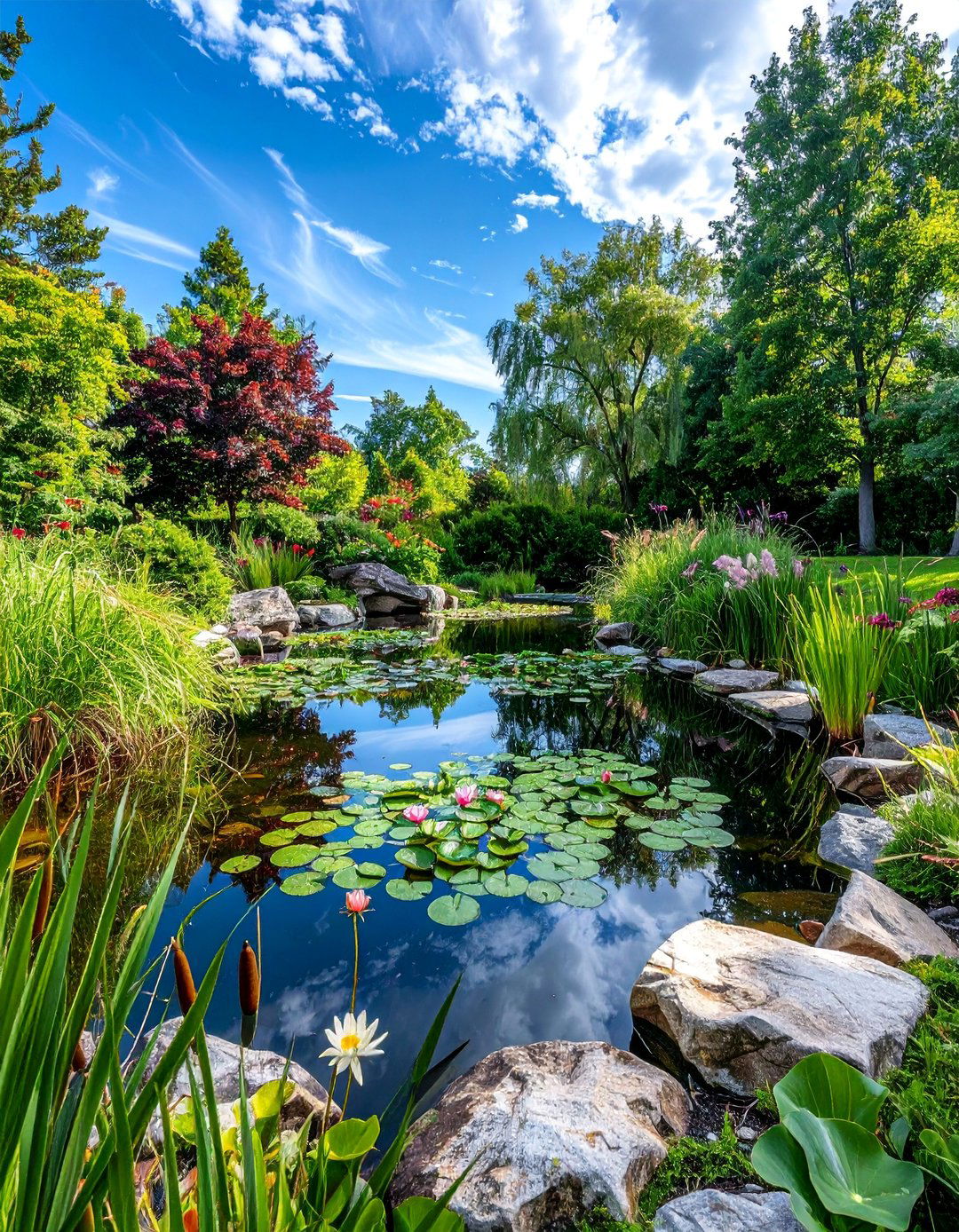
The natural wildlife duck pond mimics pristine wetland environments through organic curves, native plants, and shallow beach areas. This design incorporates gently sloping edges lined with local river stones, creating easy access points for ducks and other wildlife. Native aquatic plants like cattails, water lilies, and arrowhead establish natural filtration while providing food sources and nesting materials. The pond features varying depths from six inches at the edges to three feet in the center, accommodating different waterfowl behaviors. Would you love watching dragonflies dance over water while frogs provide evening serenades? Strategic placement of logs and rocks creates basking spots for turtles and birds. The surrounding landscape uses native grasses and wildflowers that require minimal maintenance while supporting beneficial insects. This ecosystem approach attracts diverse wildlife beyond ducks, transforming your backyard into a thriving habitat.
2. Self-Cleaning Biofilter Duck Pond
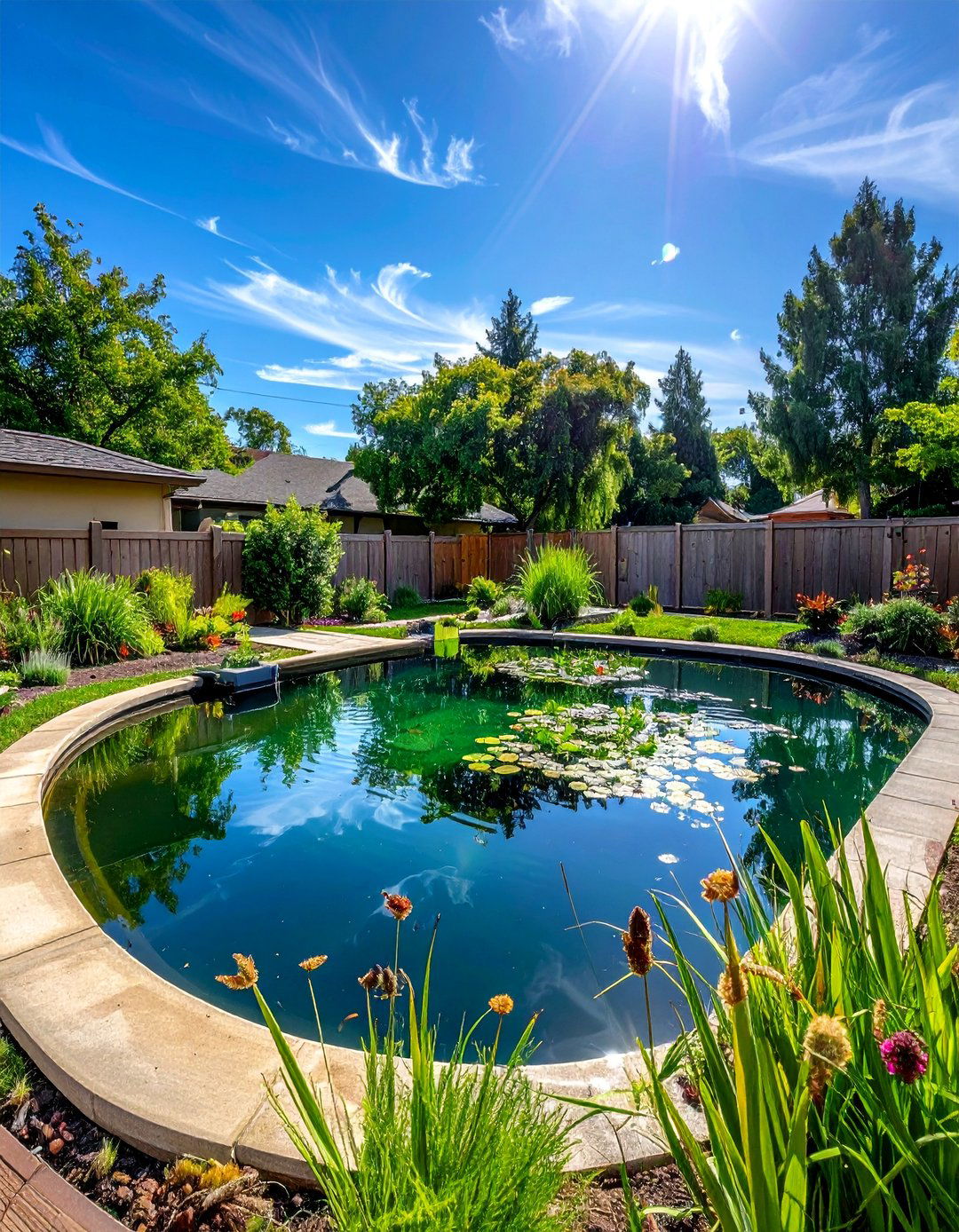
A biofilter duck pond system combines main swimming areas with separate filtering ponds filled with beneficial bacteria and aquatic plants. This innovative design uses natural biological processes to maintain crystal-clear water without constant manual cleaning. The biofilter section contains layers of gravel, specialized filter media, and oxygen-producing plants that process duck waste effectively. Water circulates continuously between the main pond and biofilter through hidden pumps and underground piping. Have you dreamed of a pond that practically maintains itself? The system includes UV sterilizers and skimmers that remove debris before it decomposes. Beneficial bacteria colonies break down organic waste into harmless compounds that feed aquatic plants. The design accommodates multiple duck families while keeping water quality stable year-round. Strategic plant placement in both sections creates natural beauty while maximizing filtration efficiency.
3. Modern Geometric Duck Pond
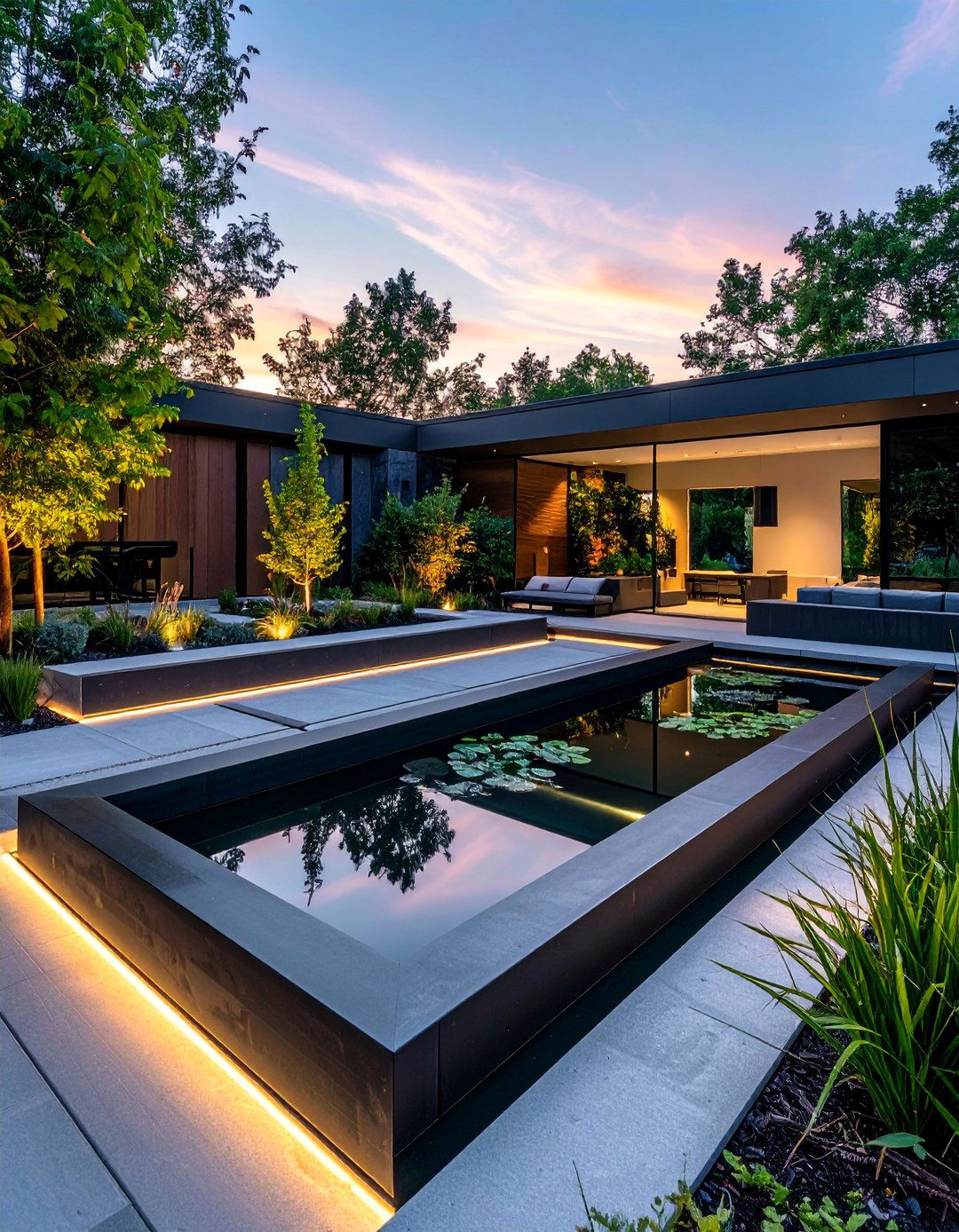
Modern geometric duck ponds feature clean lines, rectangular or square shapes, and contemporary materials like concrete and steel edging. These structured designs complement modern architecture through minimalist aesthetics that emphasize the water itself as the focal point. Dark-colored liners create dramatic reflections while LED lighting systems provide stunning evening illumination. The geometric approach uses multiple connected levels or floating platforms that serve both functional and artistic purposes. Can you imagine your ducks enjoying a pool that looks like contemporary art? Materials include polished concrete, corten steel, and precision-cut natural stone that weather beautifully over time. Water features might include blade-style waterfalls or linear spillways that maintain the clean aesthetic. Surrounding landscapes use architectural plants like ornamental grasses and specimen trees planted in geometric patterns. This style works perfectly in urban settings or homes with modern design sensibilities.
4. Raised Stock Tank Duck Pond
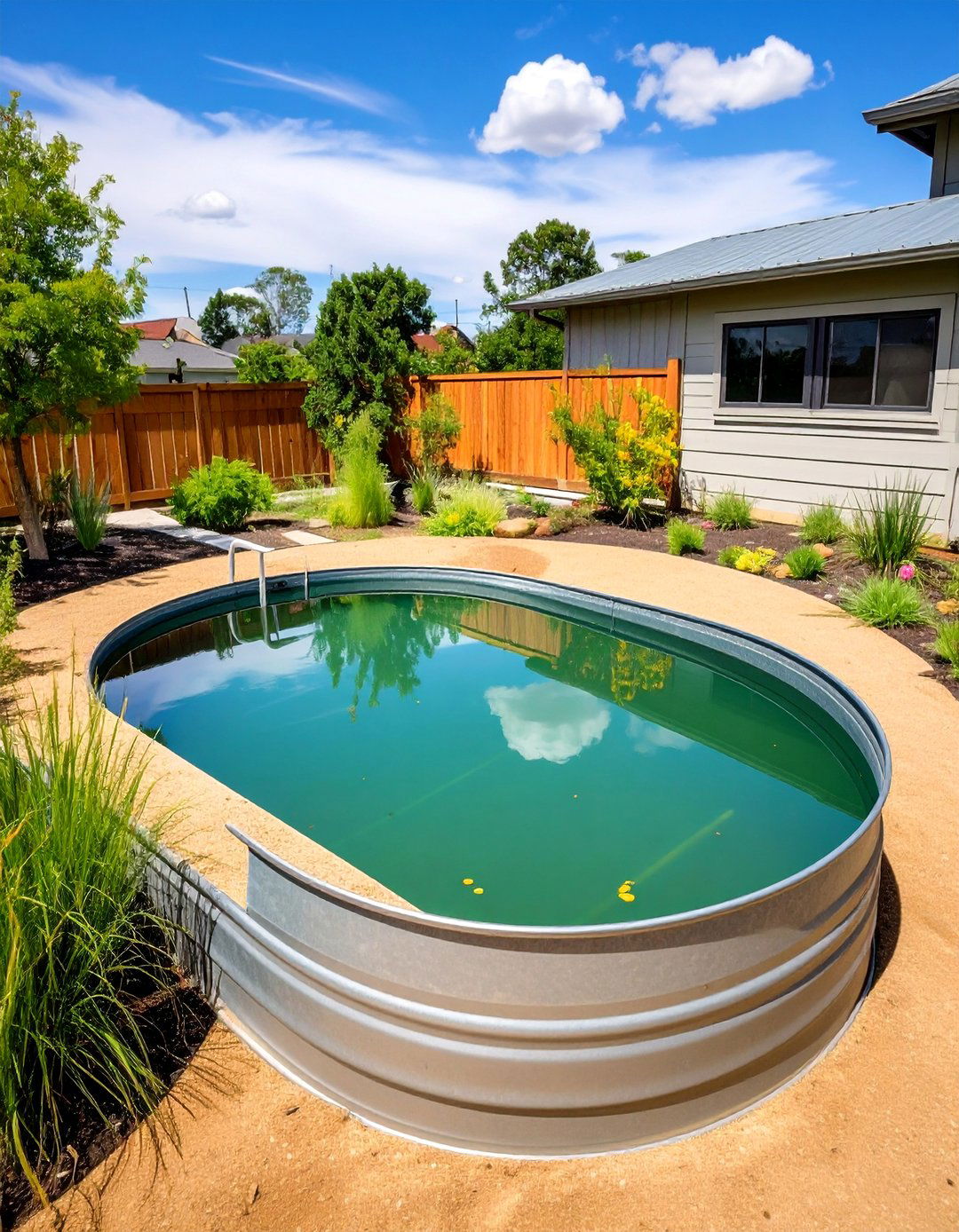
Transform galvanized stock tanks into durable, weather-resistant duck ponds perfect for small flocks and challenging climates. These pre-made containers range from 100 to 300 gallons and feature built-in drainage systems for easy maintenance. Installation involves creating gentle slopes using sand or gravel around edges, allowing easy duck access while maintaining the industrial aesthetic. The elevated design prevents ground saturation and works exceptionally well in areas with poor drainage or seasonal flooding. Why struggle with complex excavation when you can have a pond installed in hours? Stock tanks resist freezing better than ground-level ponds and can be partially buried for integrated landscape appearance. The galvanized finish complements farmhouse and contemporary styles while requiring minimal maintenance. Bottom drain kits enable quick cleaning and water changes without heavy lifting or pumping equipment.
5. Container Garden Duck Pond
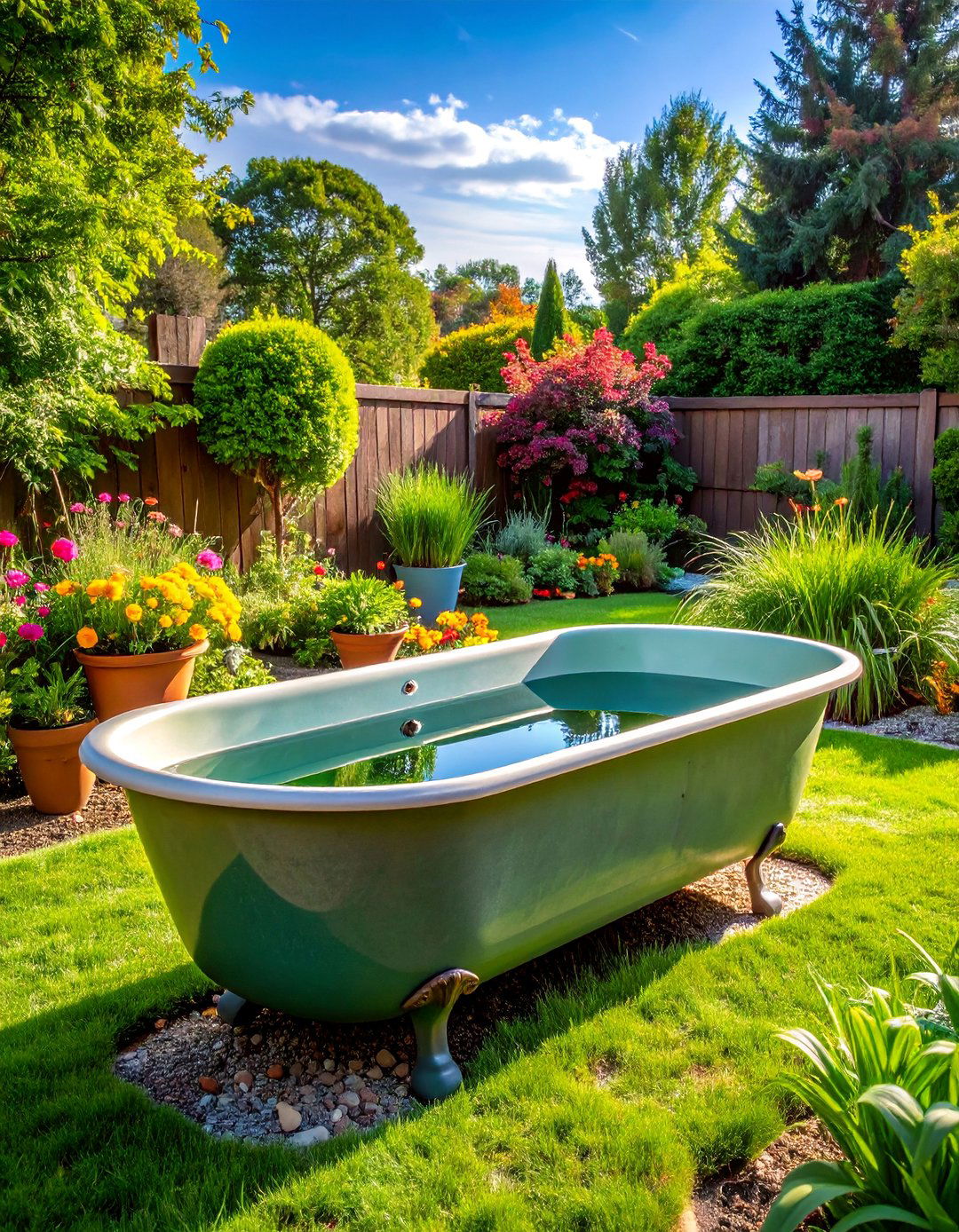
Container garden duck ponds utilize repurposed bathtubs, large ceramic pots, or wooden barrels to create charming water features in small spaces. These portable solutions work perfectly for renters, urban dwellers, or anyone wanting flexibility in pond placement. Each container gets waterproofed with pond liner or sealant, then equipped with small filtration systems or aerators. The compact size makes maintenance manageable while still providing adequate swimming space for small duck breeds. Have you considered how a vintage clawfoot tub could become your ducks' favorite spot? Decorative containers blend with garden themes, from rustic farmhouse barrels to elegant ceramic vessels. Surrounding plantings in coordinating containers create cohesive garden vignettes that change seasonally. These systems drain easily for winter storage in cold climates. The elevated nature protects ducks from ground predators while creating interesting visual levels in landscape design.
6. Tiered Waterfall Duck Pond
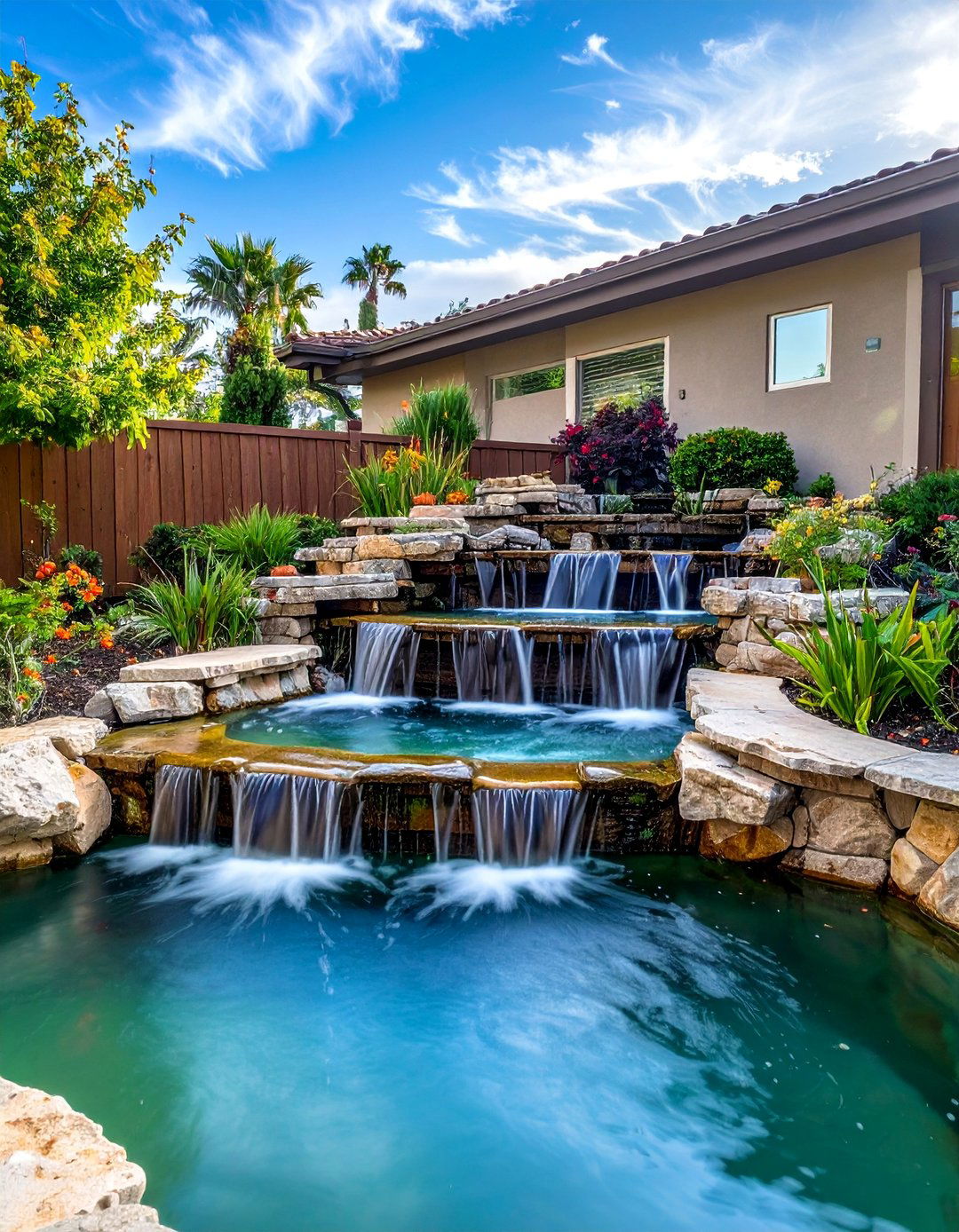
Tiered waterfall duck ponds feature multiple connected levels that create movement, sound, and natural aeration throughout the water system. This design uses carefully placed natural stones to construct cascading levels where water flows between different depth zones. The upper tier serves as a biofilter area with plants and gravel, while lower levels provide swimming and diving areas for ducks. Continuous water movement prevents stagnation while creating soothing sounds that enhance outdoor relaxation spaces. What could be more peaceful than listening to gentle waterfalls while watching ducks play? Each tier accommodates different activities, from shallow splashing areas to deeper sections for diving behaviors. Strategic rock placement creates natural steps for easy duck access between levels. The vertical design maximizes water features in smaller footprints while creating dramatic focal points. Underwater lighting illuminates each cascade for stunning nighttime effects.
7. Eco-Friendly Rainwater Duck Pond
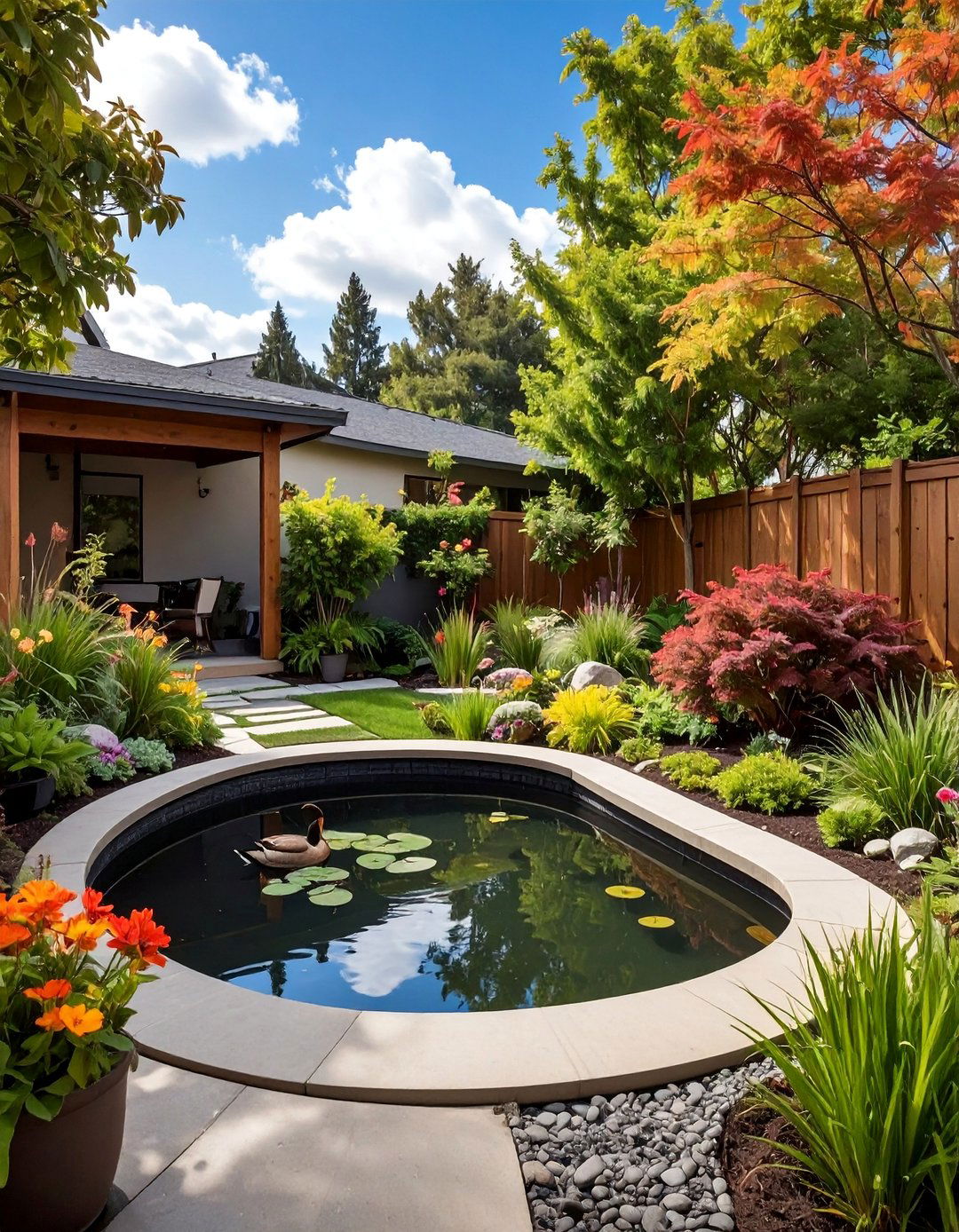
Eco-friendly rainwater duck ponds collect and store precipitation through integrated gutters, downspouts, and catchment systems. This sustainable approach reduces water bills while providing fresh water sources during dry periods. The design incorporates natural filtration through constructed wetlands that purify runoff before it enters the main pond. Native plants remove pollutants while creating habitat for beneficial insects and wildlife. Are you ready to turn rainfall into a beautiful water feature? Overflow systems direct excess water to garden beds or infiltration areas, preventing flooding while irrigating landscapes. The pond bottom includes layers of sand and gravel that continue filtering processes naturally. Solar-powered pumps and aerators eliminate electrical connections while maintaining water quality. Rain gardens surrounding the pond capture additional runoff while creating seasonal wildflower displays. This approach demonstrates environmental stewardship while creating functional beauty.
8. Japanese Zen Duck Pond
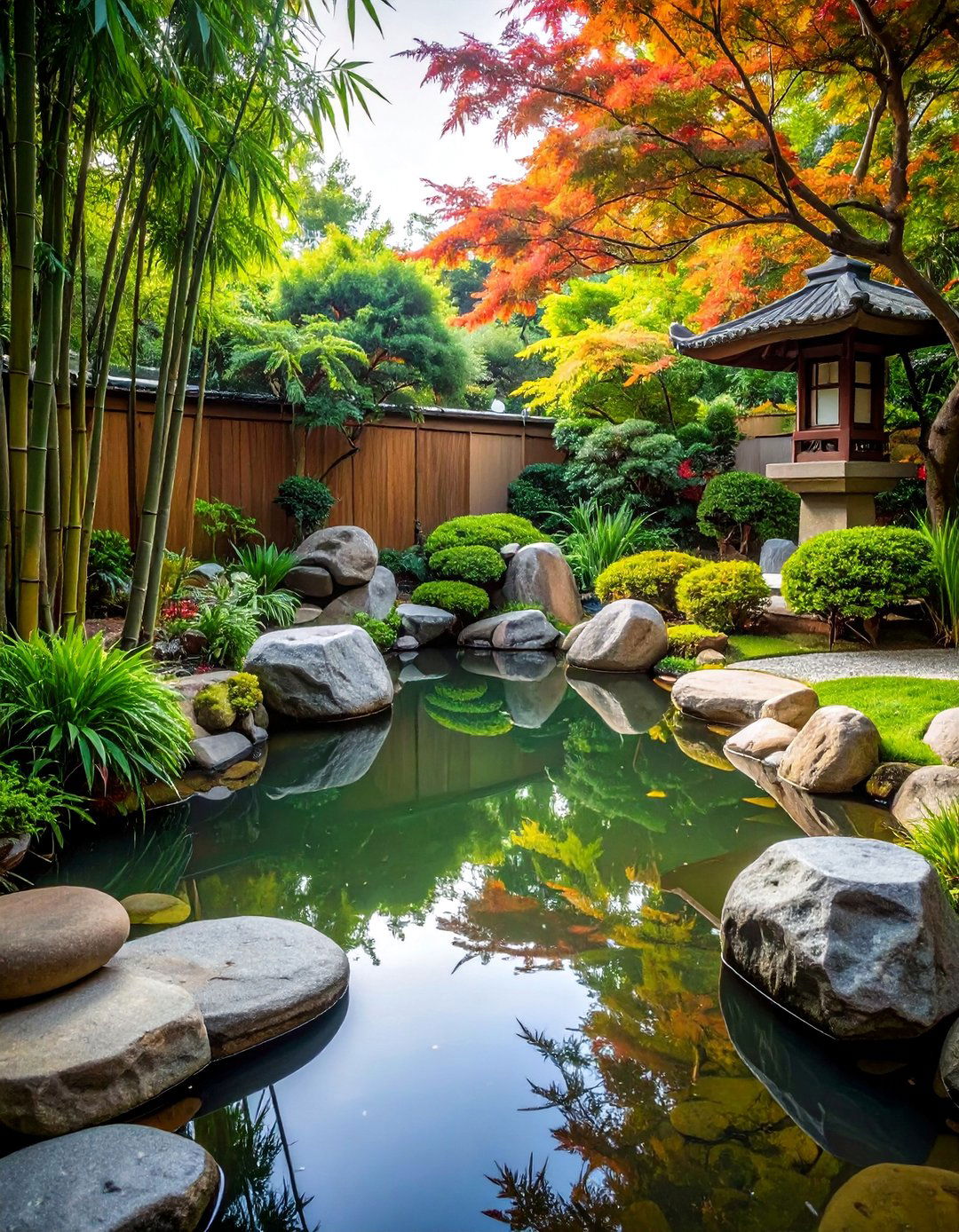
Japanese zen duck ponds emphasize simplicity, balance, and contemplative design through carefully chosen natural materials and mindful placement. These peaceful water features incorporate smooth river stones, bamboo accents, and minimal plant selections that create serene atmospheres. The design follows traditional principles of asymmetrical balance, using odd numbers of elements and natural irregular shapes. Gentle waterfalls or small fountains provide subtle sounds without overwhelming the tranquil environment. Could your backyard become a meditation retreat with the right water feature? Traditional Japanese plants like water iris, bamboo, and moss create authentic aesthetics while requiring minimal maintenance. Stone lanterns or simple bridges add cultural elements without cluttering the space. The surrounding area uses raked gravel or carefully maintained moss to extend the zen aesthetic. This style promotes mindfulness and stress reduction while providing functional habitat for ducks.
9. Rustic Farmhouse Duck Pond
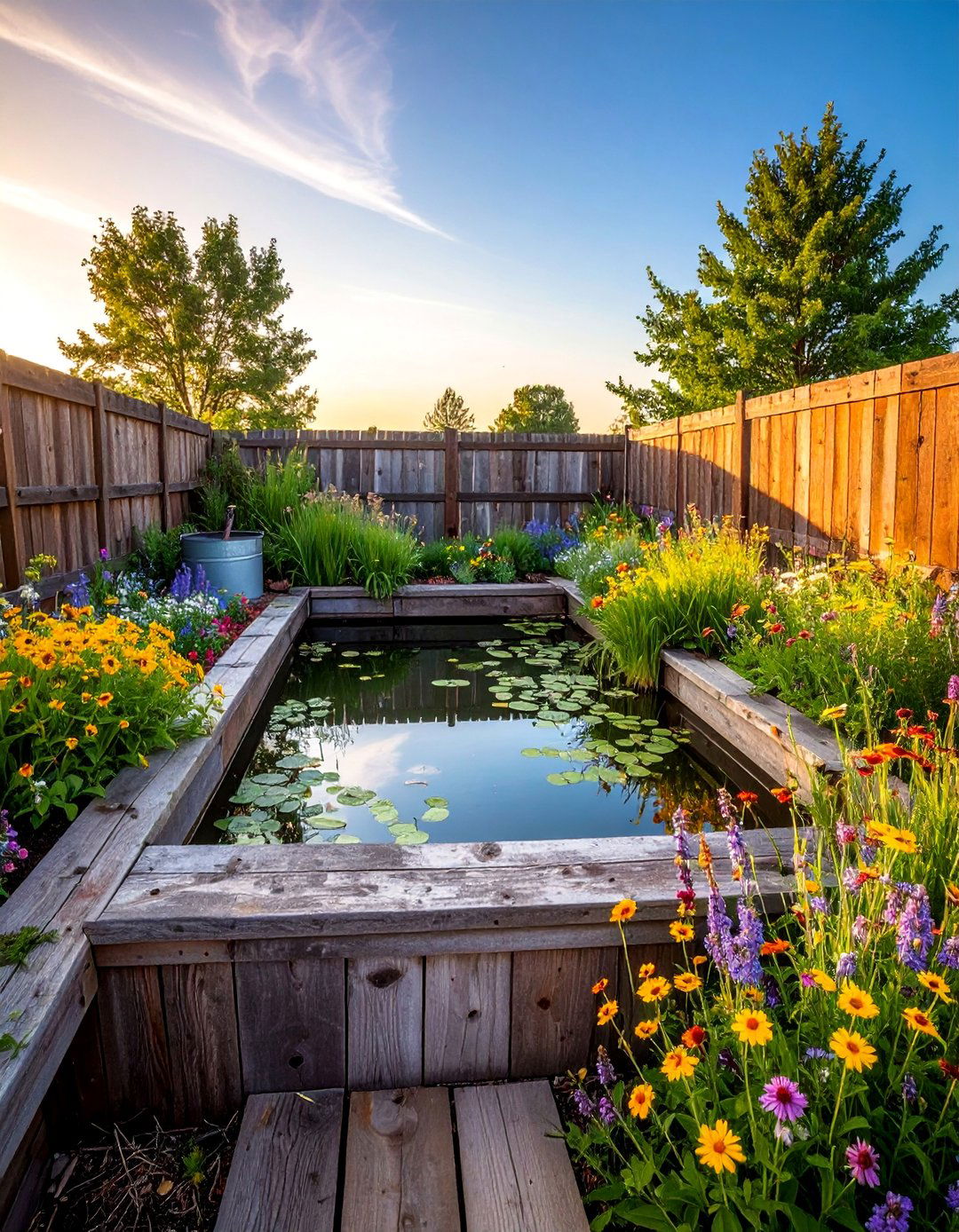
Rustic farmhouse duck ponds embrace weathered wood, galvanized metal, and natural stone to create charming country aesthetics. This style incorporates reclaimed materials like old barn wood for borders and vintage metal troughs as water features. The design feels established and timeless, as if it naturally evolved with the property over decades. Wildflower plantings and split-rail fencing enhance the rural atmosphere while providing practical benefits. Do you love the idea of a pond that looks like it belongs on a vintage postcard? Natural materials weather beautifully, developing character and patina over time without requiring replacement. The irregular shapes and informal plantings create habitat diversity that attracts various wildlife species. Practical features like gravel pathways and wooden benches encourage daily interaction with the water feature. This approach celebrates traditional farming heritage while creating functional modern amenities.
10. Urban Rooftop Duck Pond
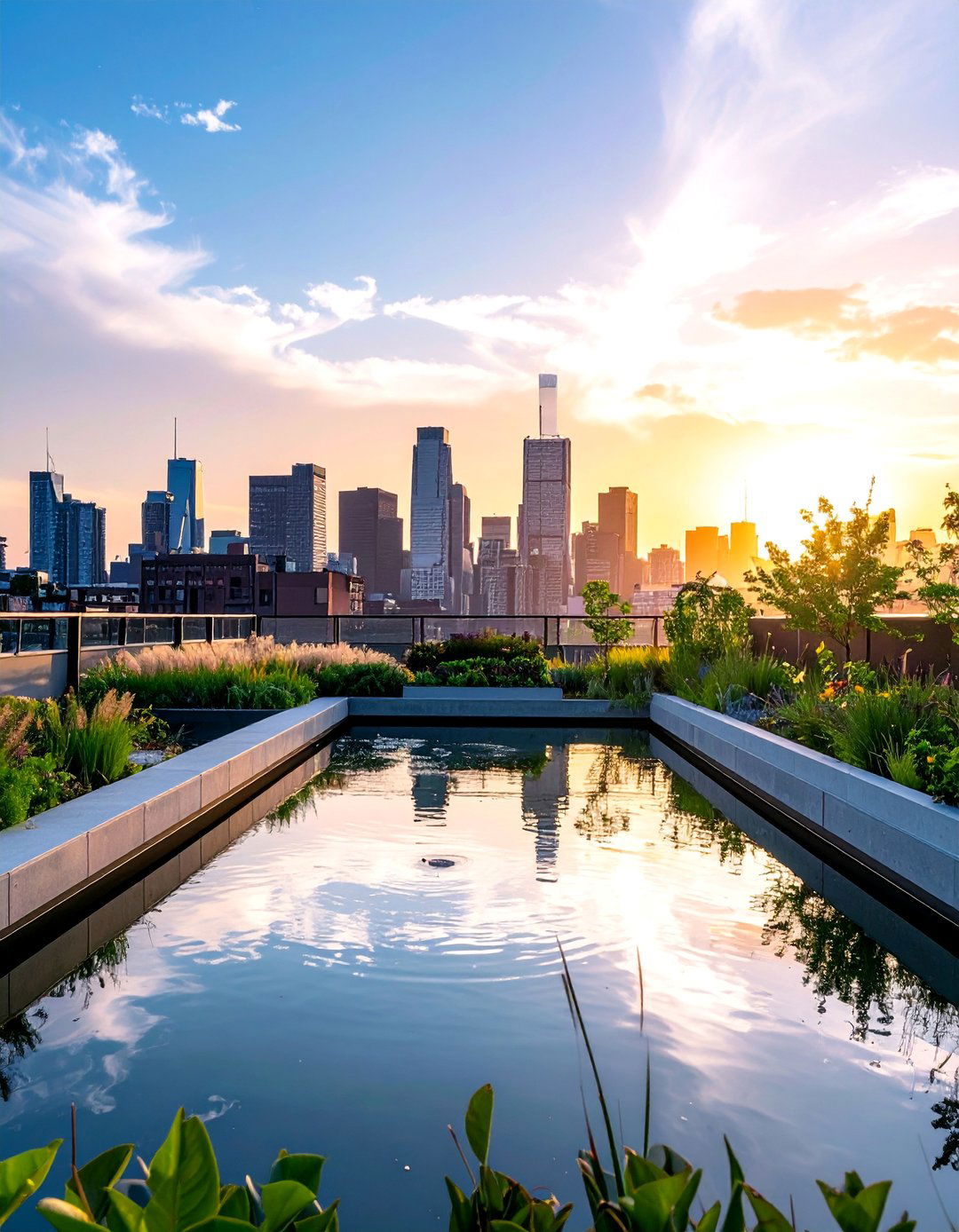
Urban rooftop duck ponds maximize limited space through innovative design and structural engineering that creates wildlife habitat above city streets. These elevated water features require careful weight distribution, wind protection, and drainage systems that prevent building damage. Lightweight materials like fiberglass and specially designed soil mixes reduce structural loads while maintaining functionality. The design incorporates raised planters that provide privacy screening while supporting beneficial insects and small wildlife. Have you ever imagined ducks swimming high above the bustling city below? Wind barriers protect both waterfowl and water features from harsh urban conditions while creating microclimates for plants. Efficient filtration systems maintain water quality despite challenging environmental conditions like air pollution and temperature extremes. Automatic refill systems compensate for increased evaporation rates. The unique setting creates extraordinary views while demonstrating urban wildlife conservation.
11. Solar-Powered Duck Pond
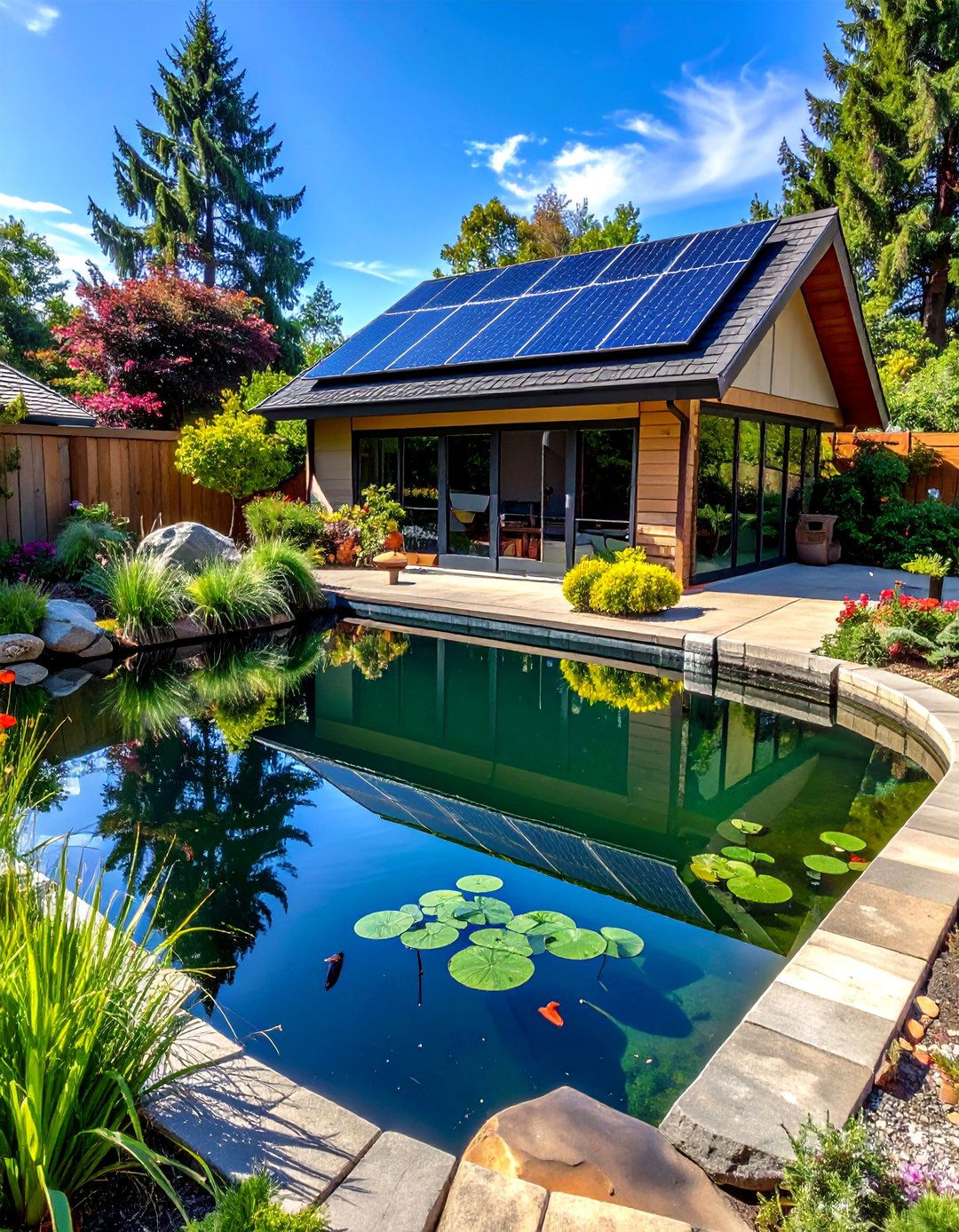
Solar-powered duck ponds operate completely off-grid through photovoltaic panels that run pumps, filters, and lighting systems without electrical connections. This energy-efficient approach reduces operating costs while demonstrating renewable energy benefits in residential settings. The design incorporates battery backup systems that maintain circulation during cloudy periods. Solar panels mount discretely on nearby structures or integrate into pond-side installations that blend with landscaping. Why not let sunshine power your pond while reducing your carbon footprint? Efficient LED lighting extends evening enjoyment while consuming minimal power from the solar system. Smart controllers optimize energy usage by running pumps during peak solar production periods. The independent operation makes these systems perfect for remote locations or areas without convenient electrical access. Advanced solar systems can power aerators, UV sterilizers, and even heating elements for winter operation.
12. Multi-Purpose Family Duck Pond
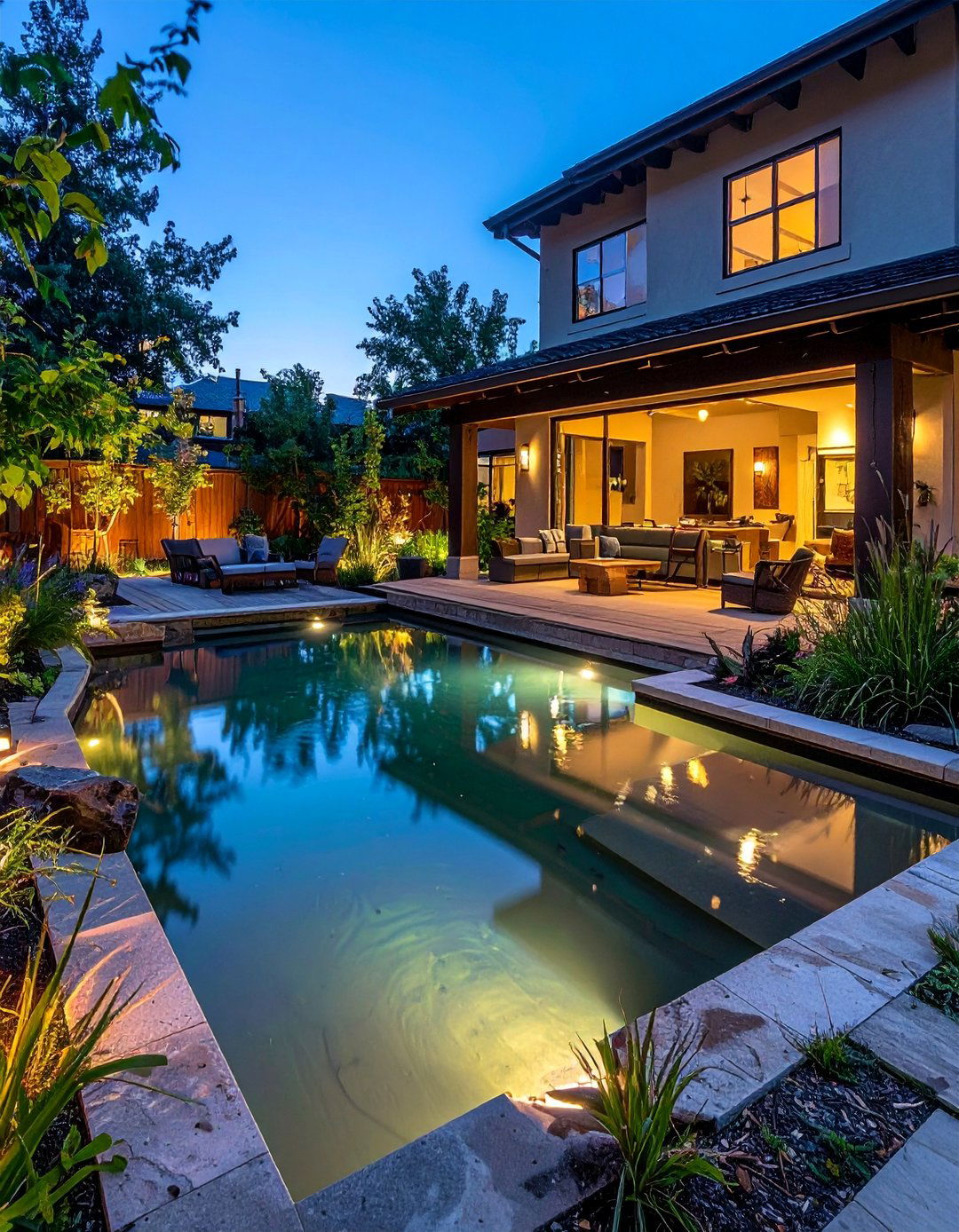
Multi-purpose family duck ponds combine wildlife habitat with recreational features that serve various family members and activities. The design includes shallow wading areas for children, deeper sections for ducks, and surrounding spaces for entertainment and relaxation. Safety features like non-slip surfaces and gradual entries prevent accidents while maintaining natural aesthetics. Integrated seating areas and fire pits extend use into evening hours and cooler seasons. Can you picture your family creating memories around a pond that serves everyone's needs? The water feature accommodates swimming, splashing, and wildlife observation while providing educational opportunities about aquatic ecosystems. Flexible design elements adapt to changing family needs and seasonal activities. Lighting systems illuminate pathways and water features for safe evening use. The surrounding landscape includes play areas, gardens, and spaces for outdoor dining that complement the central water feature.
13. Floating Island Duck Pond
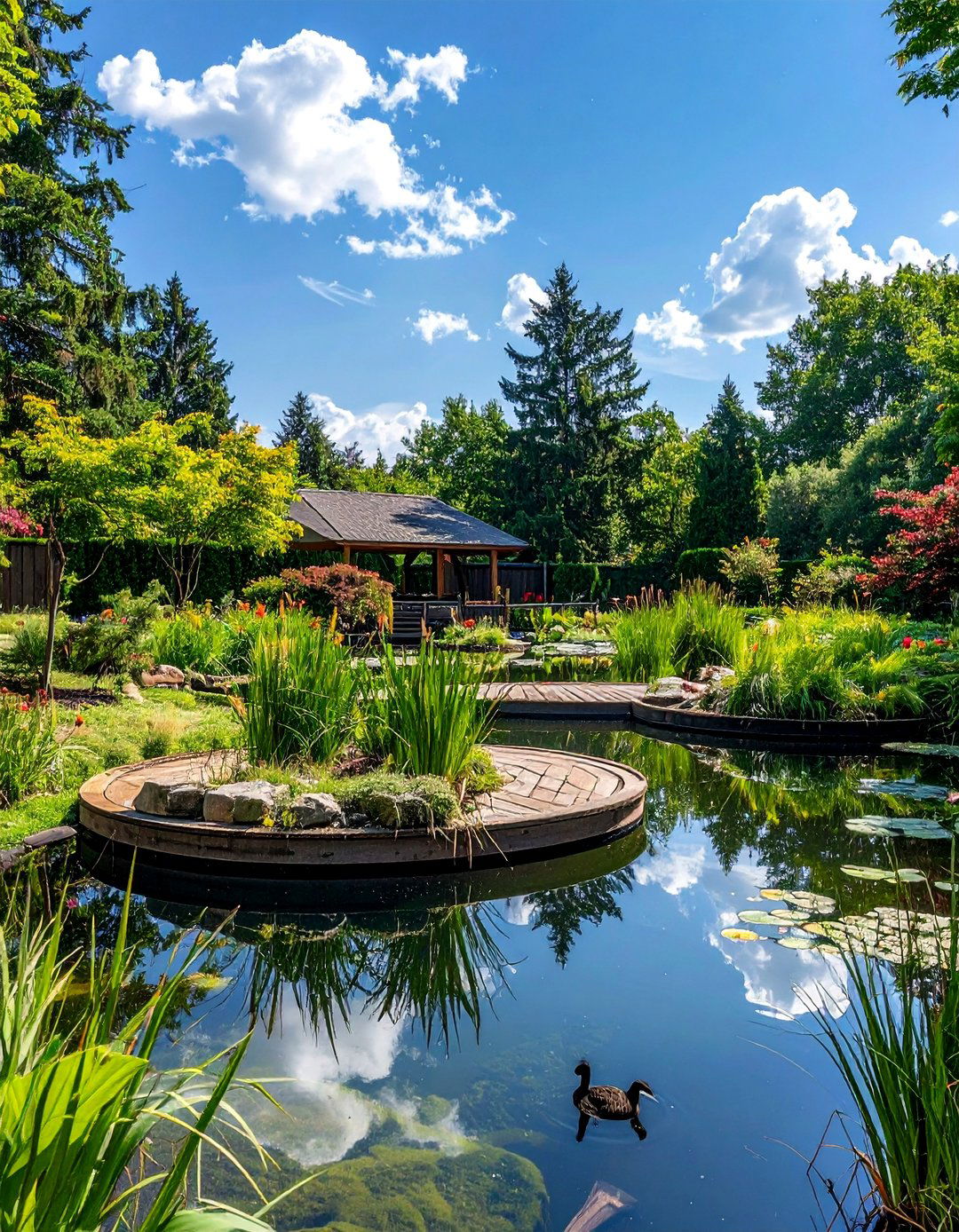
Floating island duck ponds feature artificial or constructed islands that provide secure nesting areas while creating dynamic visual interest. These innovative additions move gently with water currents while maintaining stability for duck families. The islands incorporate native plants that extend root systems into water, providing natural filtration benefits. Various sizes accommodate different waterfowl species and behaviors, from nesting to roosting. What could be more enchanting than watching ducklings follow their parents to a floating sanctuary? Construction materials include recycled plastics, coconut fiber, and lightweight growing mediums that support plant growth without sinking. Anchor systems keep islands positioned while allowing natural movement that prevents stagnation underneath. The islands create habitat complexity that supports diverse aquatic life including fish, frogs, and beneficial insects. Seasonal plant changes provide year-round interest while adapting to climate conditions.
14. Budget-Friendly Kiddie Pool Duck Pond
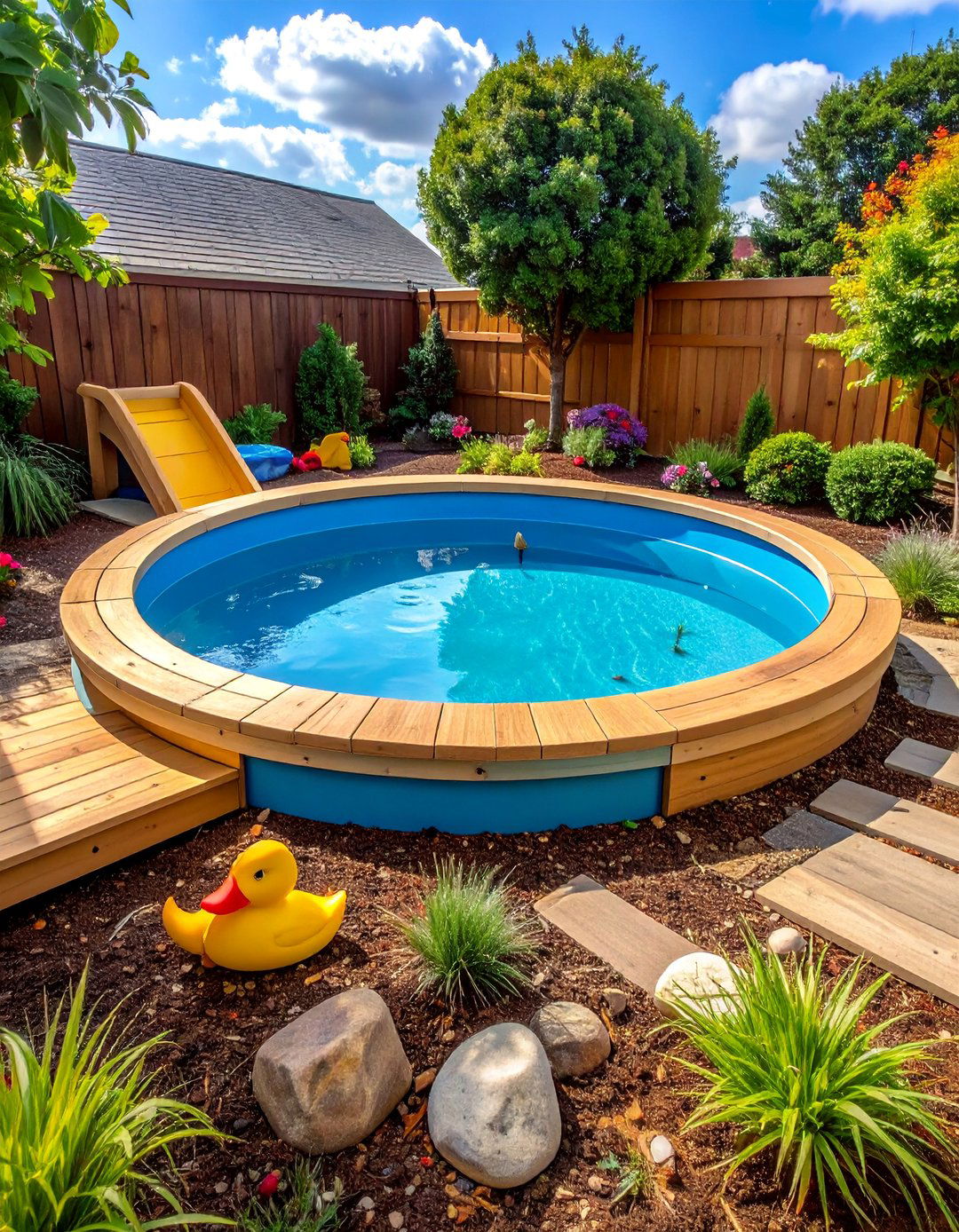
Budget-friendly kiddie pool duck ponds prove that effective waterfowl habitat doesn't require major financial investment or construction skills. This approach uses large children's pools with drainage modifications that enable easy cleaning and maintenance. Simple ramps or steps made from wood or stone provide duck access while maintaining water levels. Surrounding the pool with mulch or gravel prevents muddy conditions while creating finished appearances. Are you surprised that a simple pool can become a duck paradise with minimal modifications? Creative camouflaging using plants, rocks, or decorative screens transforms basic pools into attractive landscape features. Multiple pools of different sizes accommodate growing flocks or create activity zones for various behaviors. The portable nature allows seasonal relocation or winter storage in harsh climates. Inexpensive filtration systems or regular water changes maintain quality without complex equipment.
15. Winter-Hardy Heated Duck Pond
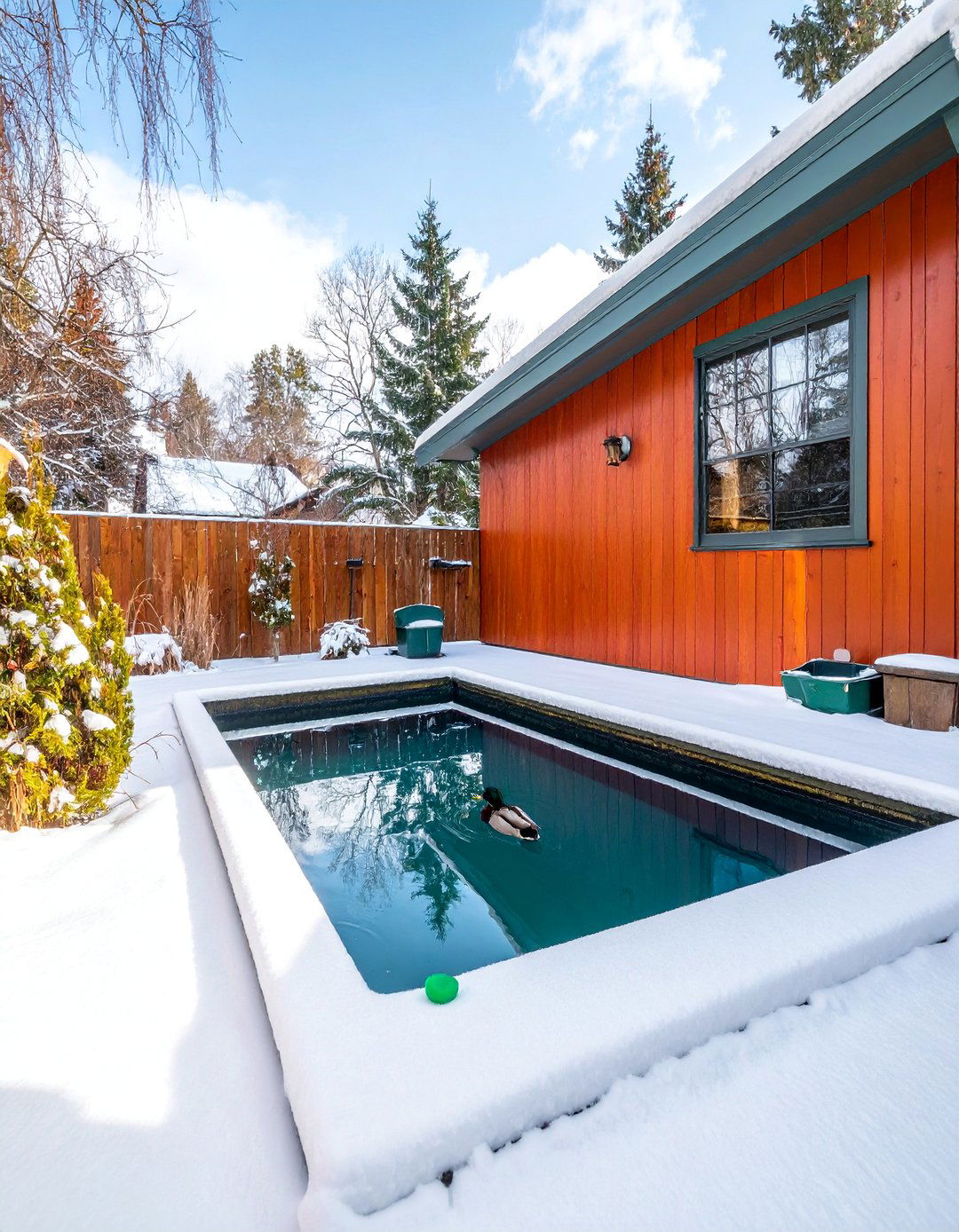
Winter-hardy heated duck ponds maintain open water throughout cold seasons using efficient heating systems and insulation techniques. This design enables year-round duck keeping in northern climates where natural water sources freeze solid. Floating de-icers or submersible heaters prevent ice formation while minimizing energy consumption through smart thermostats. Insulated pond walls and covers reduce heat loss during extreme weather conditions. Could your ducks enjoy swimming while snow falls around them? Wind barriers and shelter areas provide protection from harsh weather while maintaining access to unfrozen water. The heating systems integrate with solar panels or efficient electrical connections that minimize operating costs. Strategic design elements like deeper sections and circulation systems distribute heat effectively throughout the water volume. Emergency backup systems ensure continuous operation during power outages, protecting waterfowl when they need warmth most.
Conclusion:
These fifteen duck pond ideas demonstrate how creative design transforms backyards into thriving aquatic ecosystems that benefit both wildlife and families. From simple container solutions to sophisticated biofilter systems, each approach offers unique advantages for different situations, budgets, and goals. Modern geometric designs complement contemporary homes, while natural wildlife ponds create authentic habitat experiences. Solar-powered and eco-friendly options showcase environmental responsibility without sacrificing functionality or beauty. Whether you choose elevated stock tanks for easy maintenance or floating islands for visual drama, the key lies in matching design elements to your specific needs and preferences. Consider factors like available space, local climate, maintenance preferences, and family lifestyle when selecting features. Remember that successful duck ponds balance aesthetic appeal with practical functionality, creating spaces where waterfowl thrive while enhancing your outdoor living experience year-round.

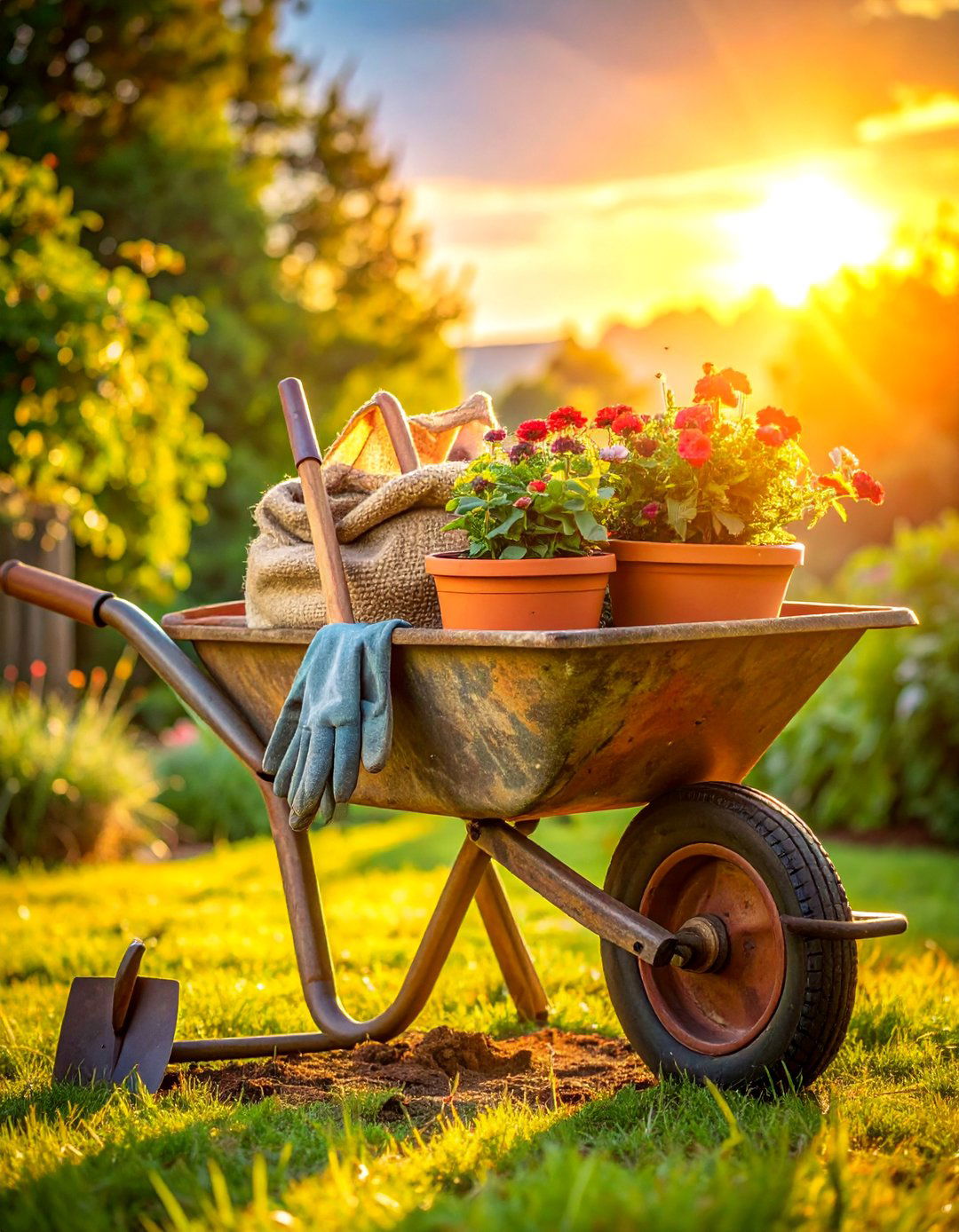
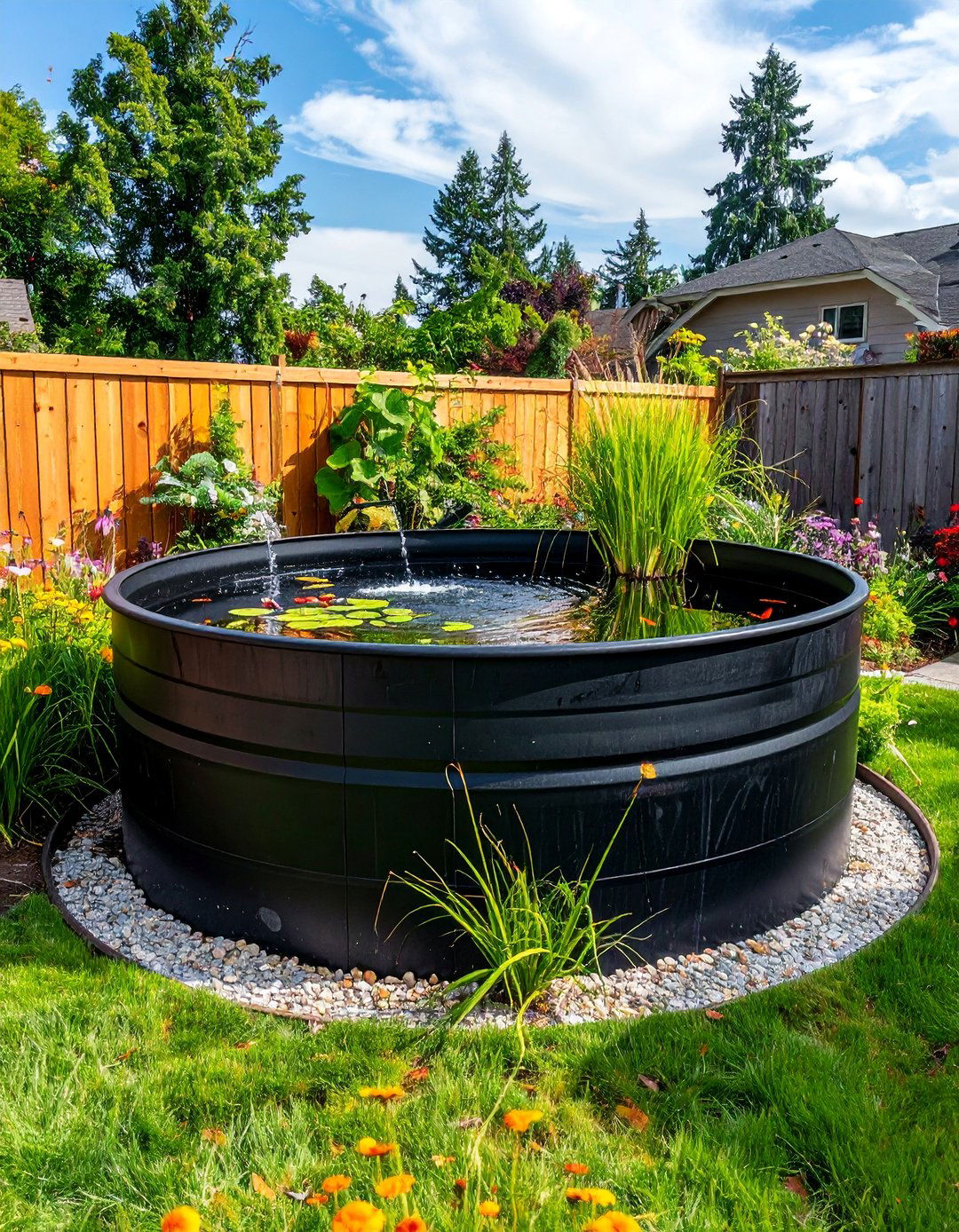
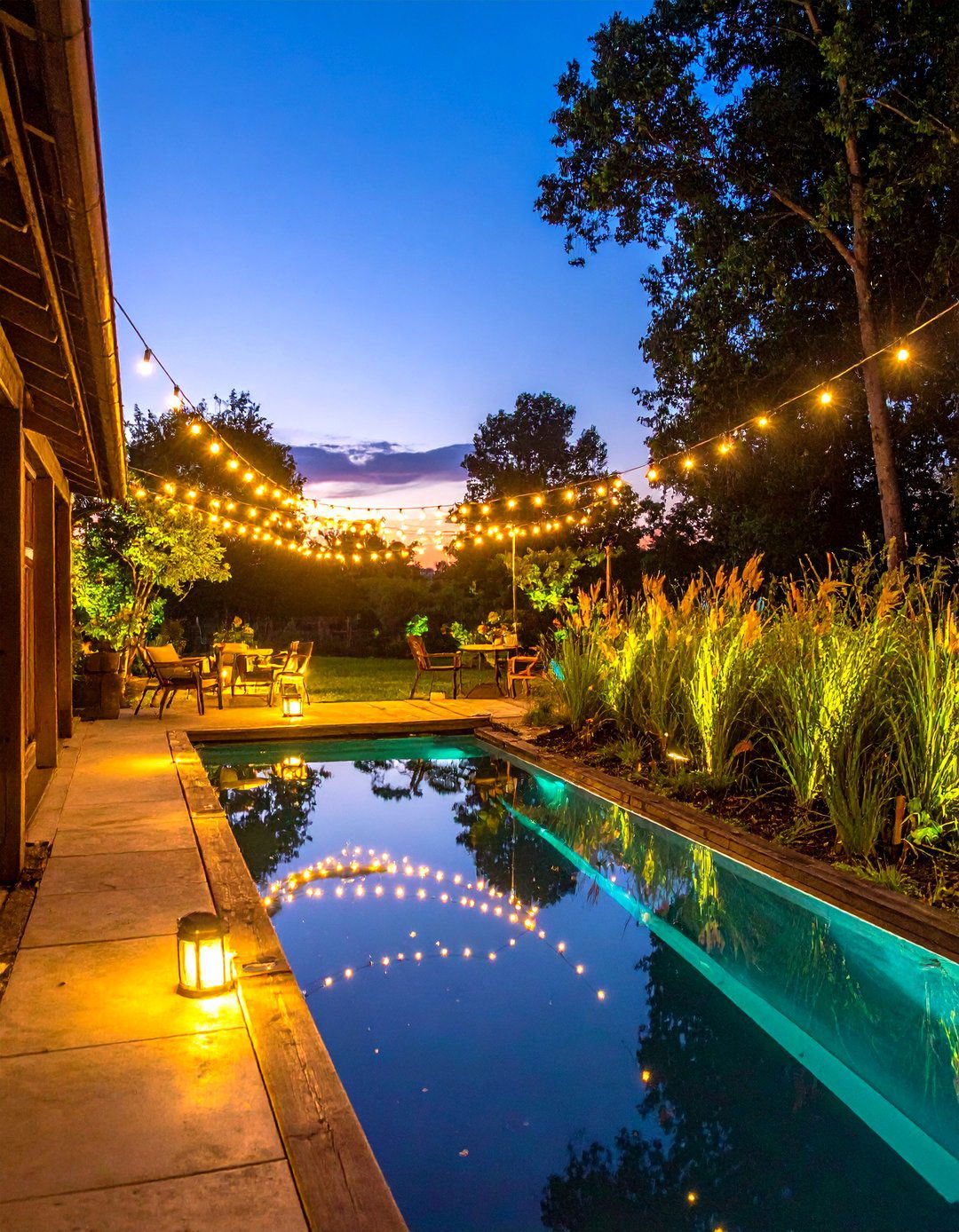
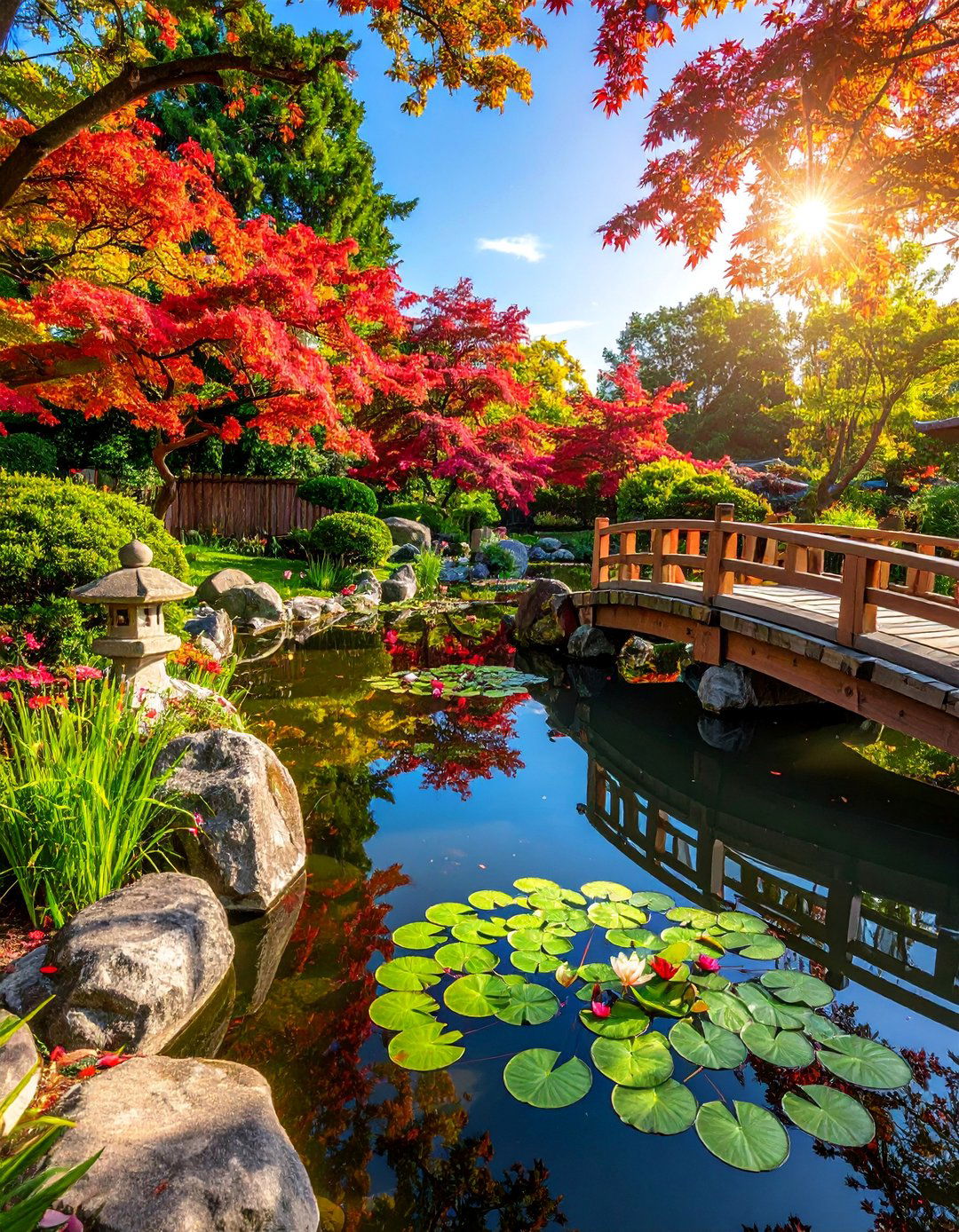
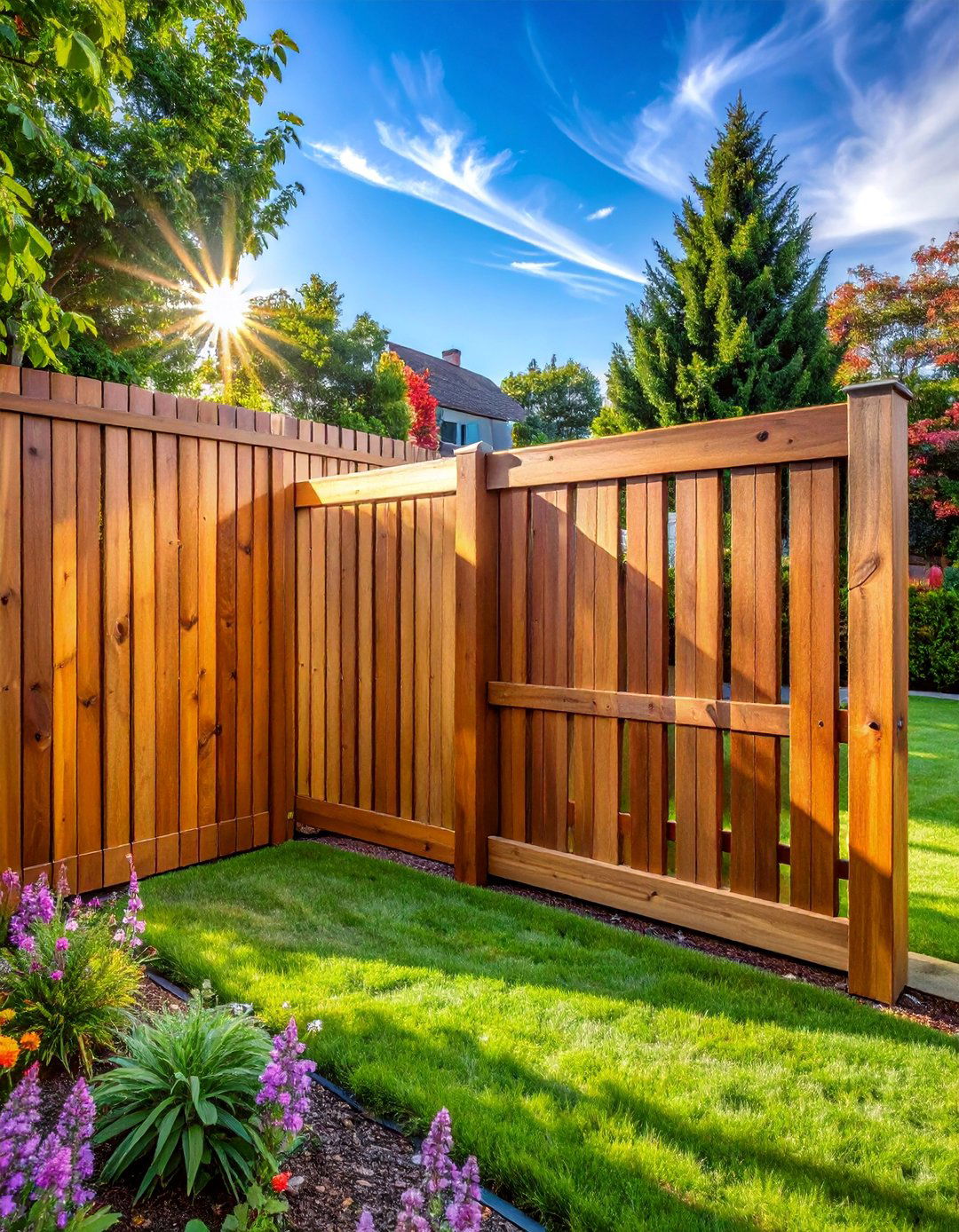
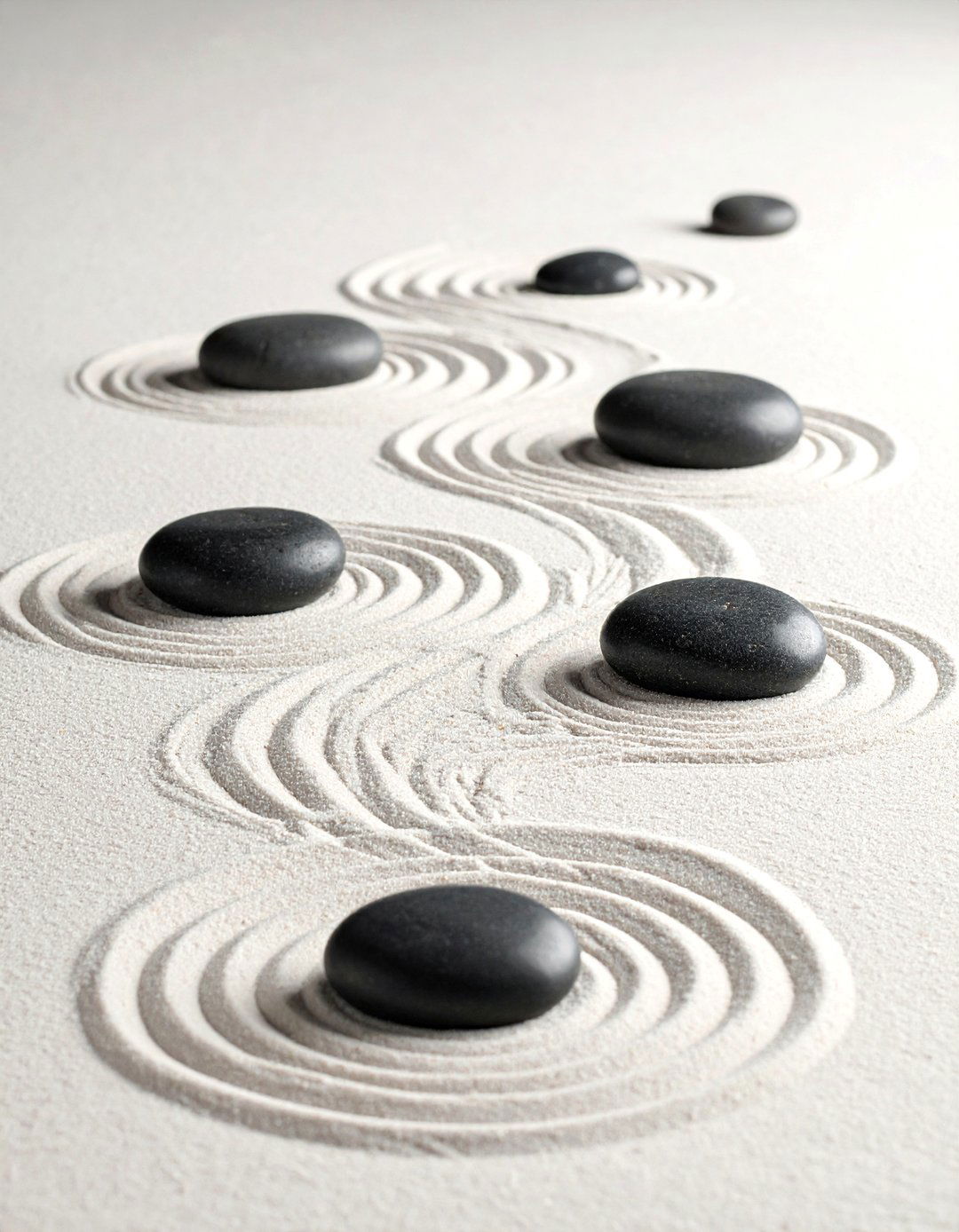
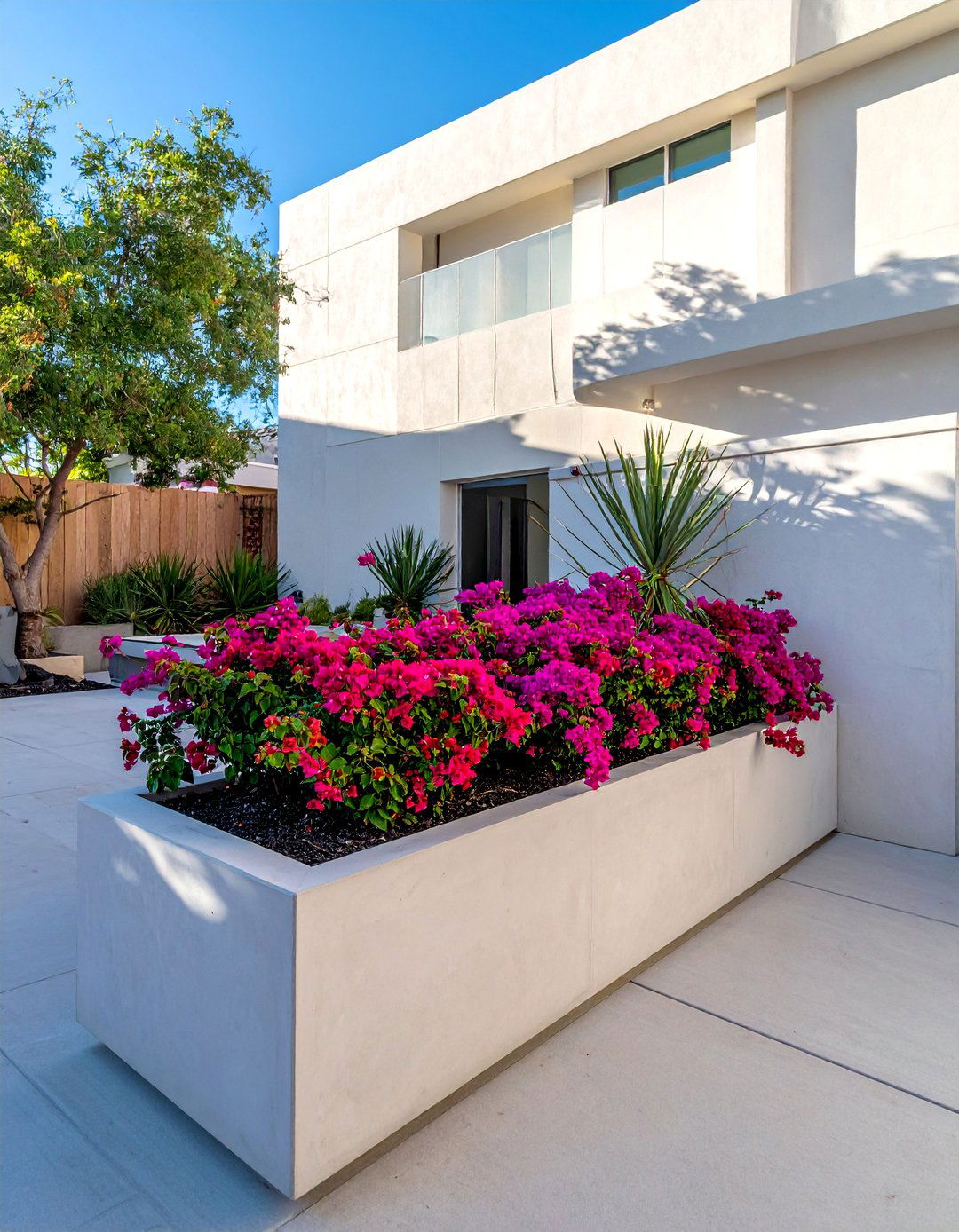
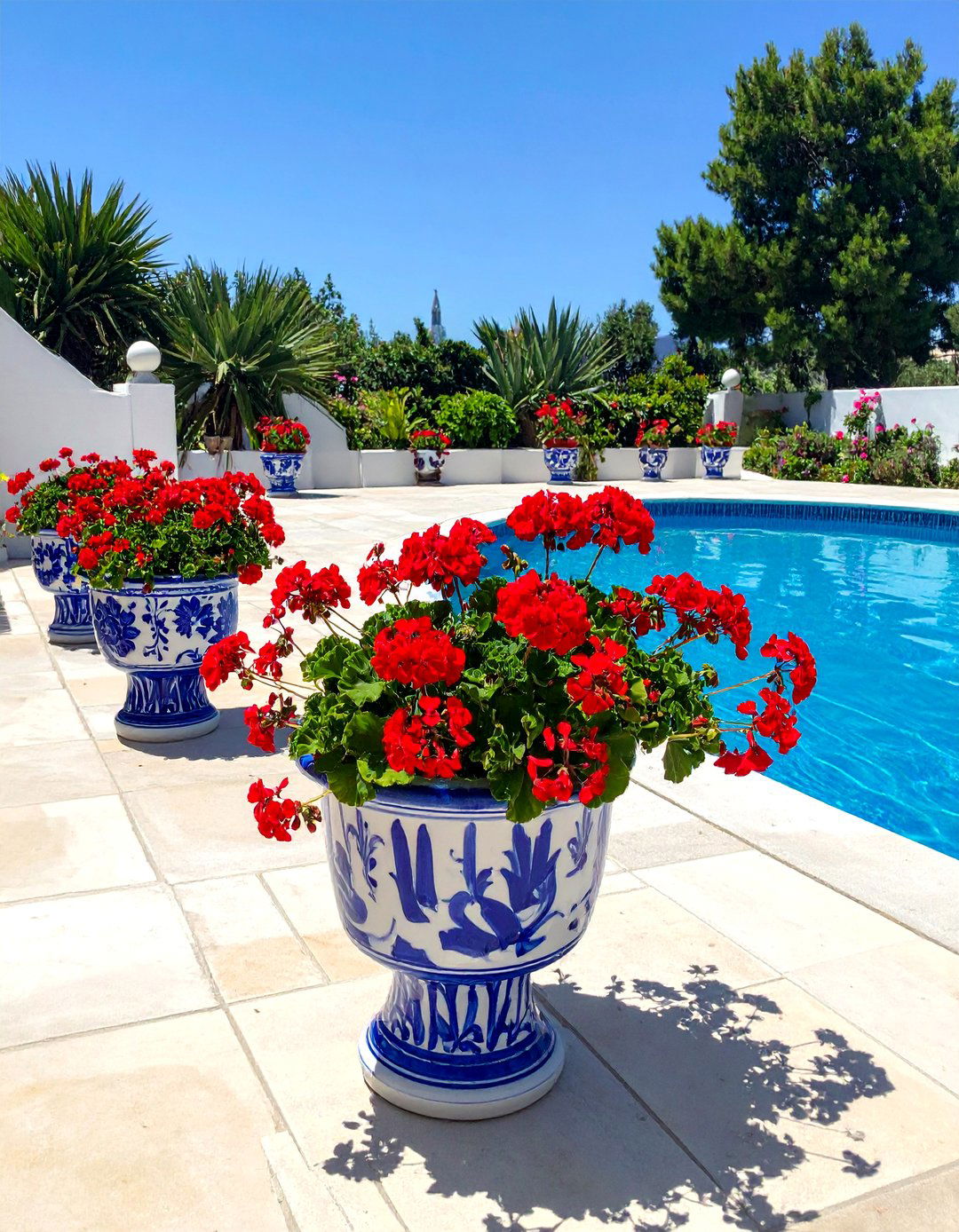
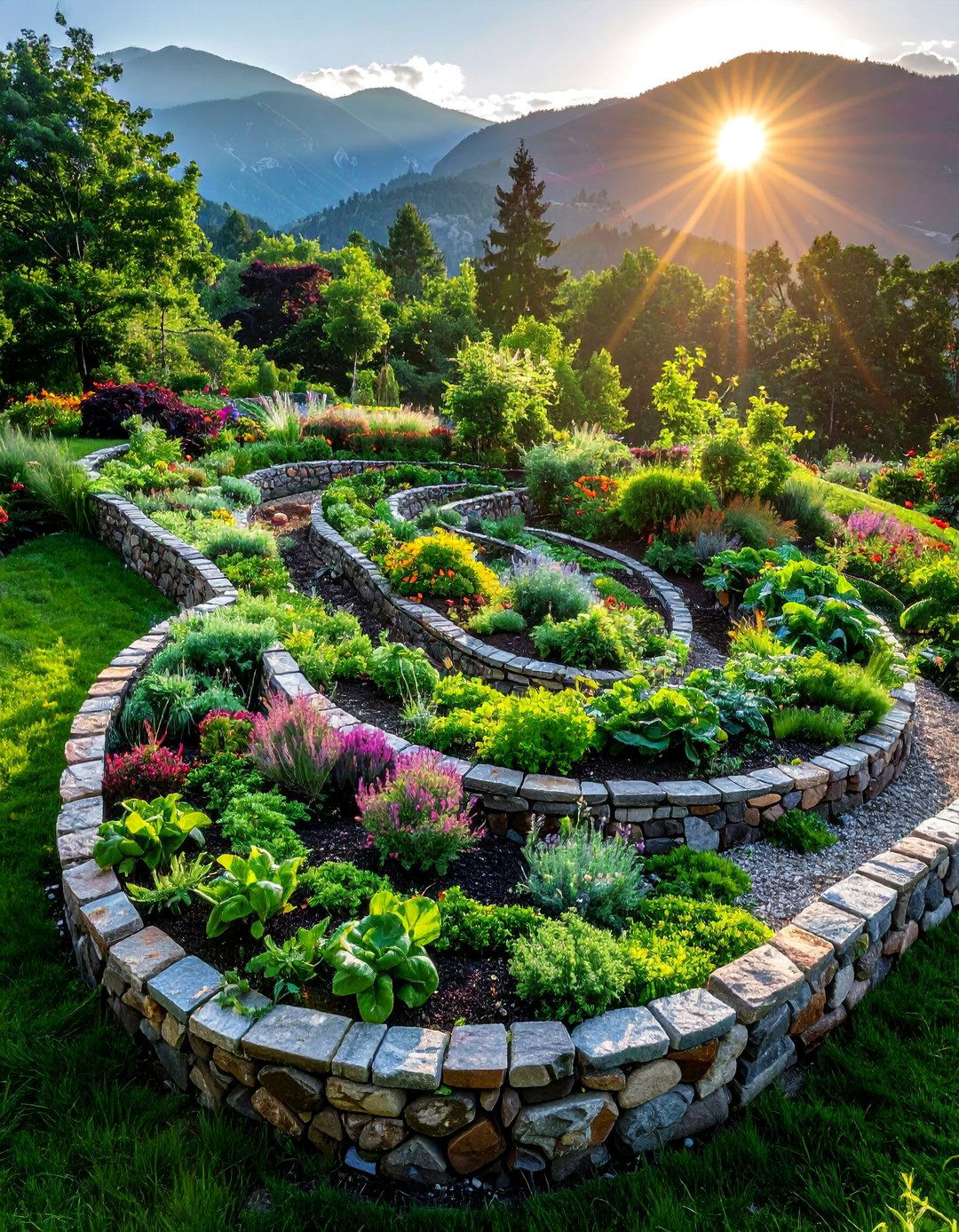
Leave a Reply